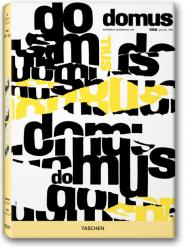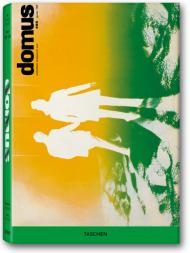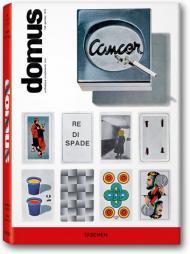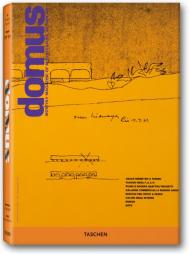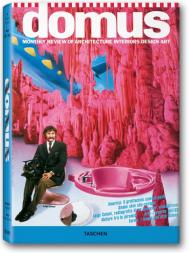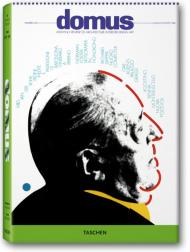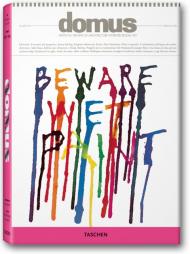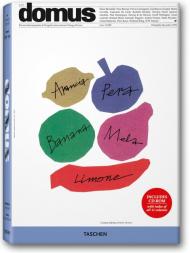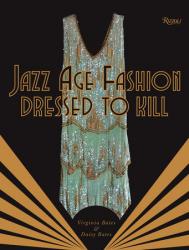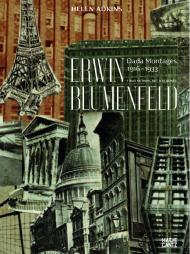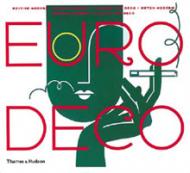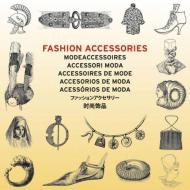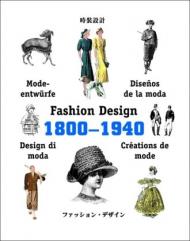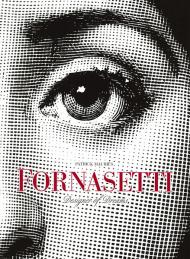The quintessential works of Modernism
For over eight decades domus has been the world's most influential architecture and design journal. Founded in 1928 by the great Milanese architect Gio Ponti, it has consistently highlighted the characteristic styles of each age, from Art Deco, Modernism, Functionalism, to Pop, Postmodernism and Late Modern. Beautifully designed and documented, domus presents the most exciting projects from around the world.
Each volume of TASCHEN's domus reprint collection reproduces a selection of the magazine's original pages, packed with articles tracing the history of modern design and architecture. Available as 12 separate volumes covering 1928-1999, this series is a major publishing event and a must-have item for design and architecture institutions and practices, architects, designers, students, and anyone who loves design.
1960–1964: Design goes pop
The early '60s saw the rise of Pop Art and popular culture, leading to Pop Design–particularly in interiors, where new synthetics and plastics replaced metal, glass or wood, leading to radical new designs. Volume V features designs by Ray and Charles Eames, Verner Panton, Achille and Pier Giacomo Castiglioni, and Joe Colombo. In architecture, buildings by Gio Ponti, Carlo Scarpa, Angelo Mangiarotti, James Stirling, and Eero Saarinen are among the highlights.
Издательства
- Rizzoli (14)
- Thames & Hudson (12)
- Standards Manual (4)
- Fuel (3)
- Prestel (3)
- Laurence King Publishing (3)
- Phaidon (2)
- Taschen (2)
- Vitra Design Museum (2)
- Flame Tree Publishing (2)
